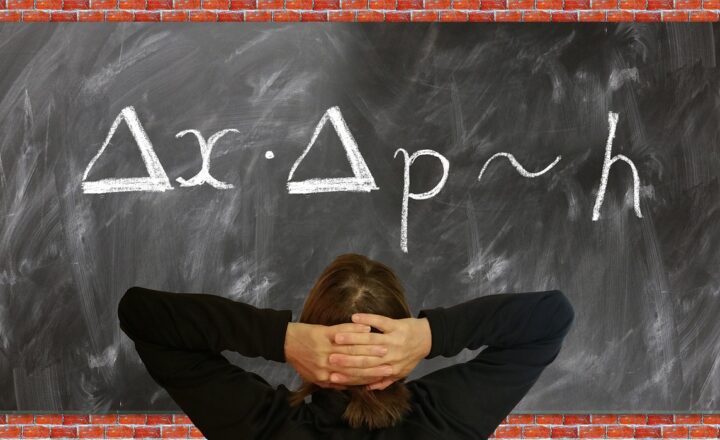Parallel Universes: Weird Phenomena That Challenge Our Understanding of Reality
November 19, 2024

In the realm of modern science, the idea of parallel universes has transitioned from the pages of science fiction into the serious discussions of theoretical physicists. The implications of such phenomena are as fascinating as they are bewildering, leading us to question the very fabric of reality as we know it.
1. What are Parallel Universes?
Parallel universes, also known as alternate or parallel realities, refer to the hypothetical existence of multiple, possibly infinite, universes that exist alongside our own. Each of these universes may contain variations of events, histories, and outcomes. The concept arises from various scientific theories, including quantum mechanics, cosmology, and even philosophy.
This notion suggests that every decision we make can create an alternate reality where different choices were made. Imagine a universe where a small event changed the course of history—a world where you chose a different career path or never met a significant person in your life.
2. Quantum Mechanics and the Multiverse Theory
One of the most compelling arguments for the existence of parallel universes comes from quantum mechanics, particularly the Many-Worlds Interpretation (MWI) proposed by physicist Hugh Everett III in 1957.
According to MWI, every time a quantum event occurs (like a particle being in one position or another), the universe splits into multiple branches, each representing a different outcome. For example, when you flip a coin, instead of simply landing heads or tails, the universe splits into two: one where the coin lands heads, and another where it lands tails.
This interpretation profoundly impacts our understanding of reality, suggesting that every possible scenario that could occur does occur in some parallel universe.
3. Cosmic Inflation and the Bubble Universes
Another fascinating perspective comes from cosmology, particularly the theory of cosmic inflation. This theory posits that shortly after the Big Bang, the universe underwent rapid expansion, creating conditions conducive to the formation of bubble universes.
In this model, our universe is just one bubble in a vast sea of bubbles, each representing a different universe, potentially with different physical laws and constants. Some of these universes may support life; others may not. The existence of these bubbles could solve many puzzles in modern physics, shedding light on why our universe appears fine-tuned for life.
4. Theoretical Implications of Parallel Universes
The idea of parallel universes challenges our perception of reality and has profound philosophical implications. If every choice we make leads to the creation of alternate realities, what does that say about free will?
Some theorists suggest that understanding parallel universes can help us answer fundamental questions about existence, causality, and the nature of the universe itself. It raises questions about identity: if there are versions of ourselves leading different lives in alternate realities, which version truly defines who we are?
These ideas can be uncomfortable to grapple with, as they challenge the uniqueness of our experiences and the very basis of what it means to live a life.
5. Weird Phenomena Associated with Parallel Universes
There are several weird phenomena that researchers tie back to the notion of parallel universes. Some of these include:
- Quantum Superposition: The observable behavior of particles existing in multiple states at once suggests a reality that operates beyond our classical understanding.
- Entanglement: This phenomenon depicts particles being connected across vast distances, hinting at a reality where information travel might exceed the speed of light, hinting at deeper connections between universes.
- Anomalies in Cosmic Radiation: Some physicists believe that irregularities in cosmic microwave background radiation could be remnants or imprints of interactions between our universe and neighboring universes.
These phenomena suggest there are still many layers of reality we have yet to discover or understand.
6. The Role of Science Fiction in Exploring Parallel Universes
Parallel universes have become a staple of science fiction narratives, fuelling our imagination and curiosity about the potential for alternate realities. Series like *Fringe*, *Stranger Things*, and films like *Interstellar* and *Everything Everywhere All at Once* have mesmerized audiences by exploring the implications of multiverse theory.
These stories reflect our desires, fears, and philosophical inquiries about identity, choice, and destiny. They provide a narrative framework for us to explore the often incomprehensible implications of scientific theories, allowing complex ideas to be more approachable and relatable.
Conclusion
As we inch closer to understanding the mysteries of the universe, the concept of parallel universes challenges not only our scientific paradigms but also our philosophical beliefs. It forces us to confront the nature of reality, choice, and the limits of human understanding.
The idea that every decision could spawn an infinite number of possibilities is both exhilarating and disconcerting, leaving us with the tantalizing thought that there is so much more to our existence than meets the eye. Whether or not parallel universes exist, the exploration of these ideas expands the boundaries of our knowledge and fuels humanity’s quest to understand our place in the cosmos.








